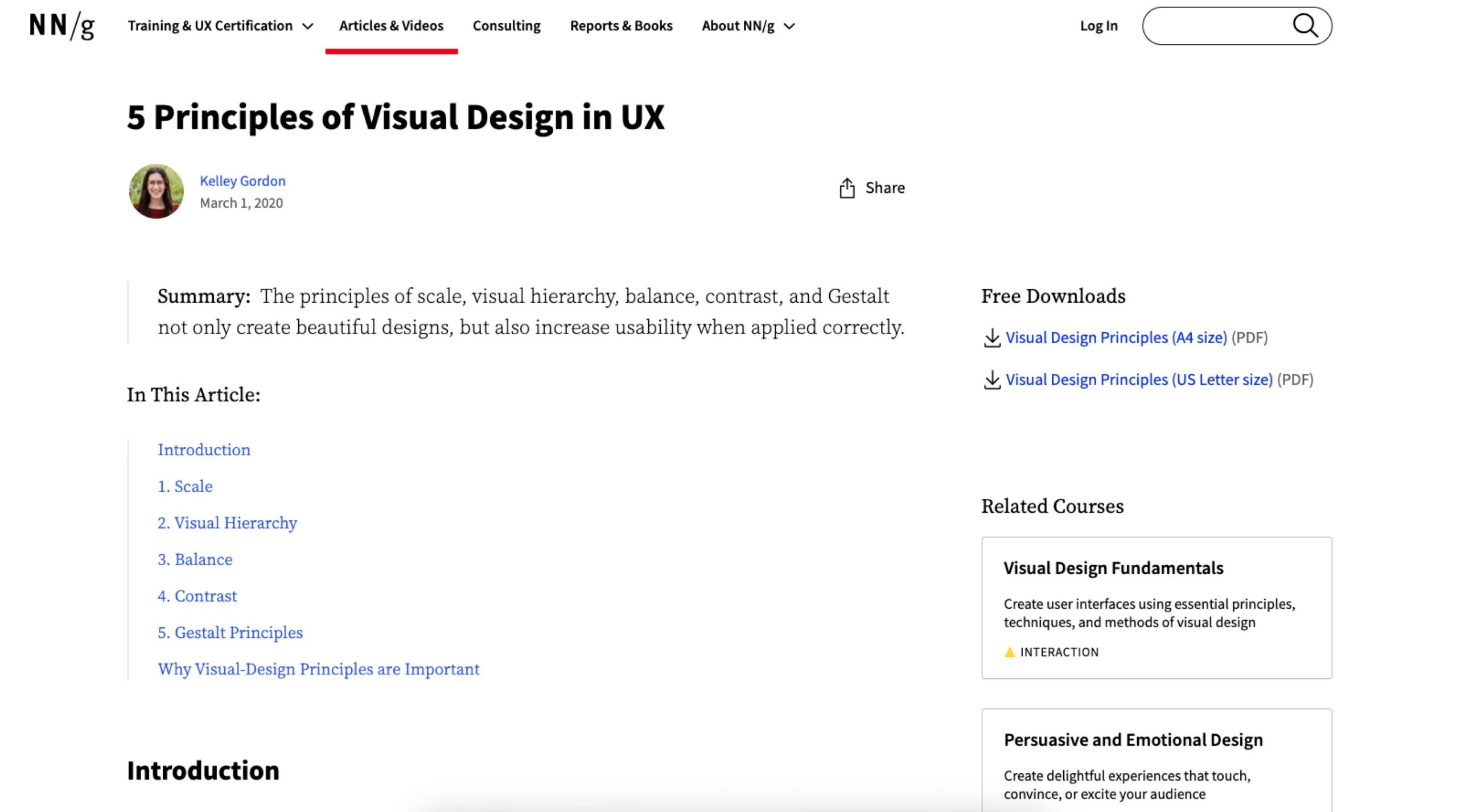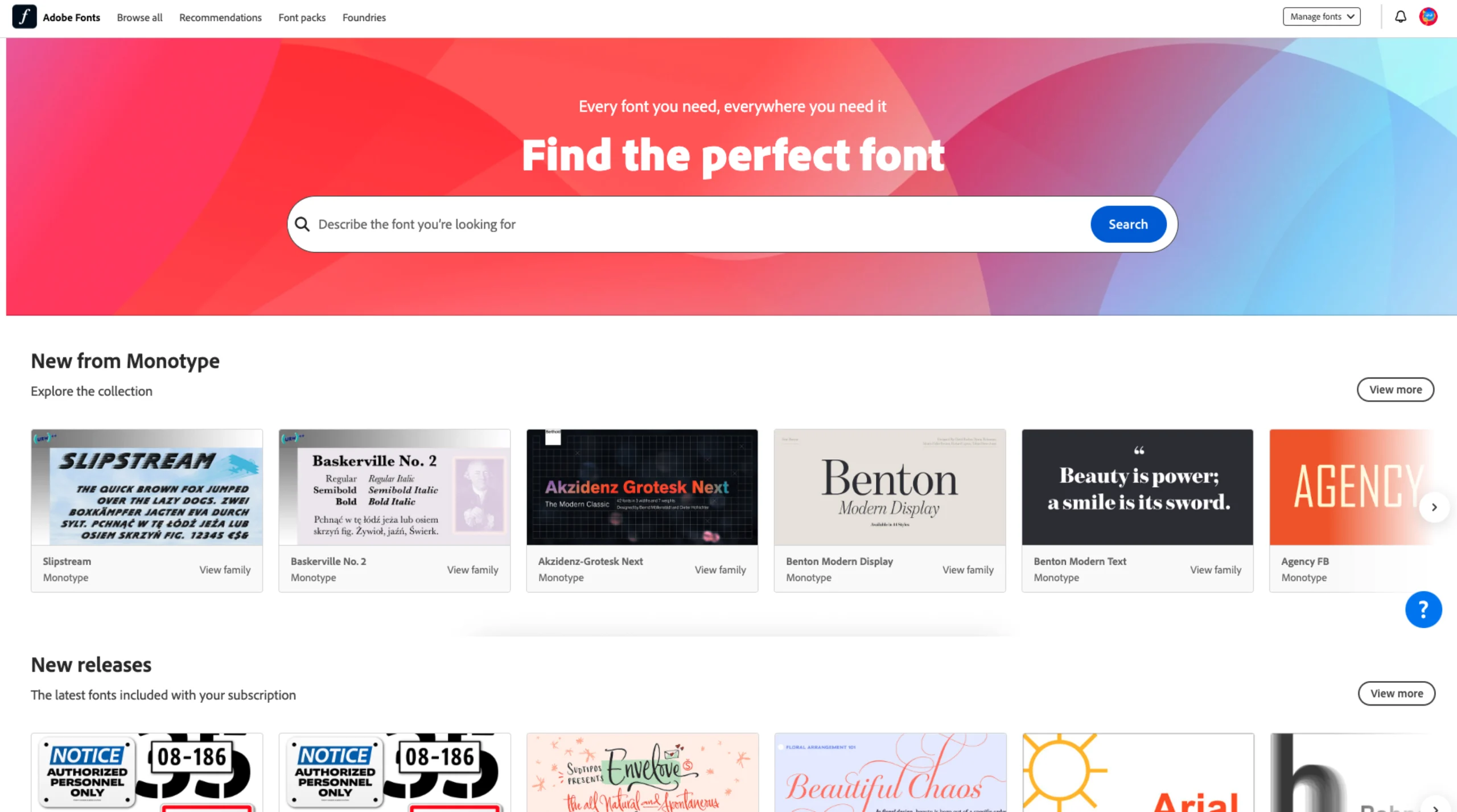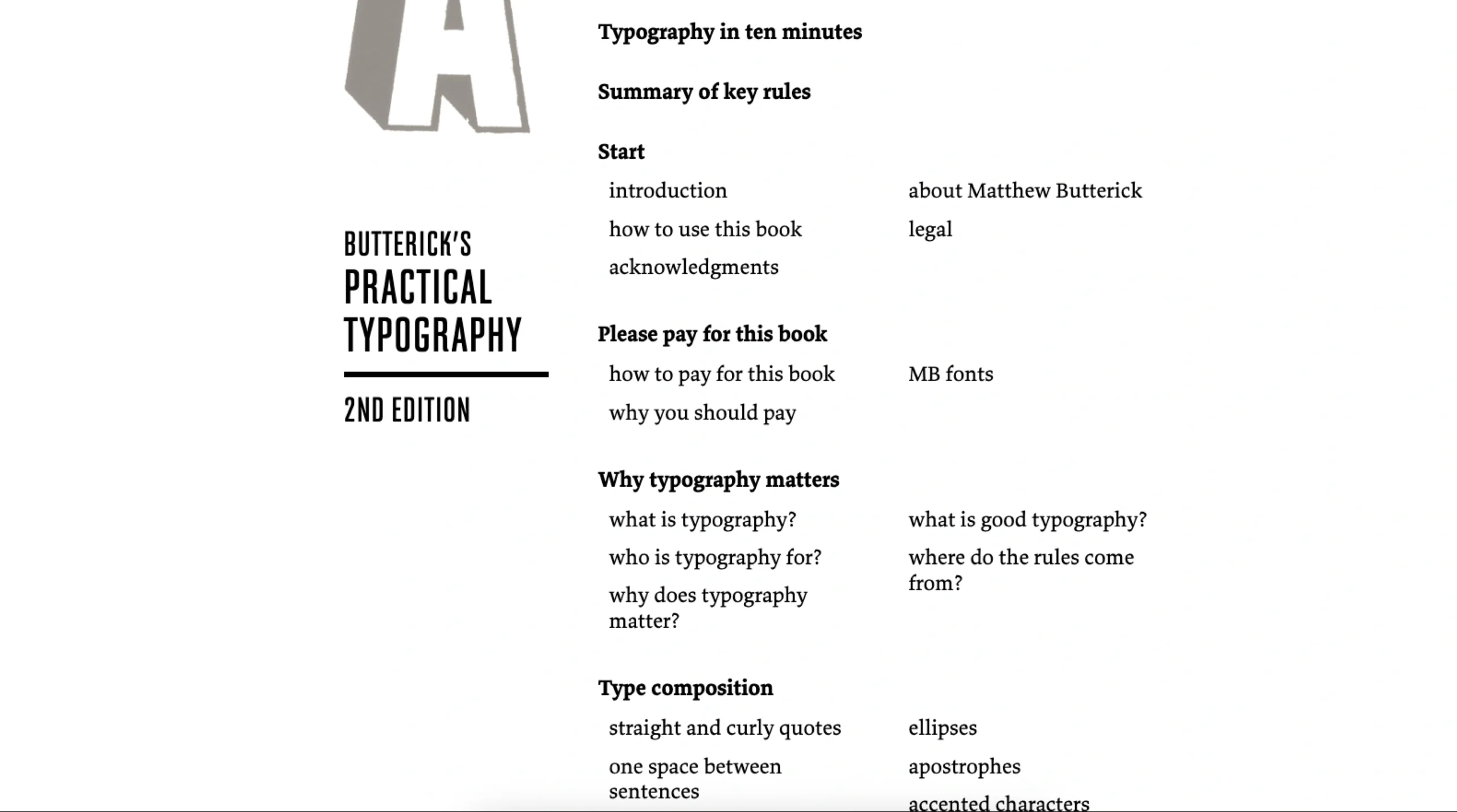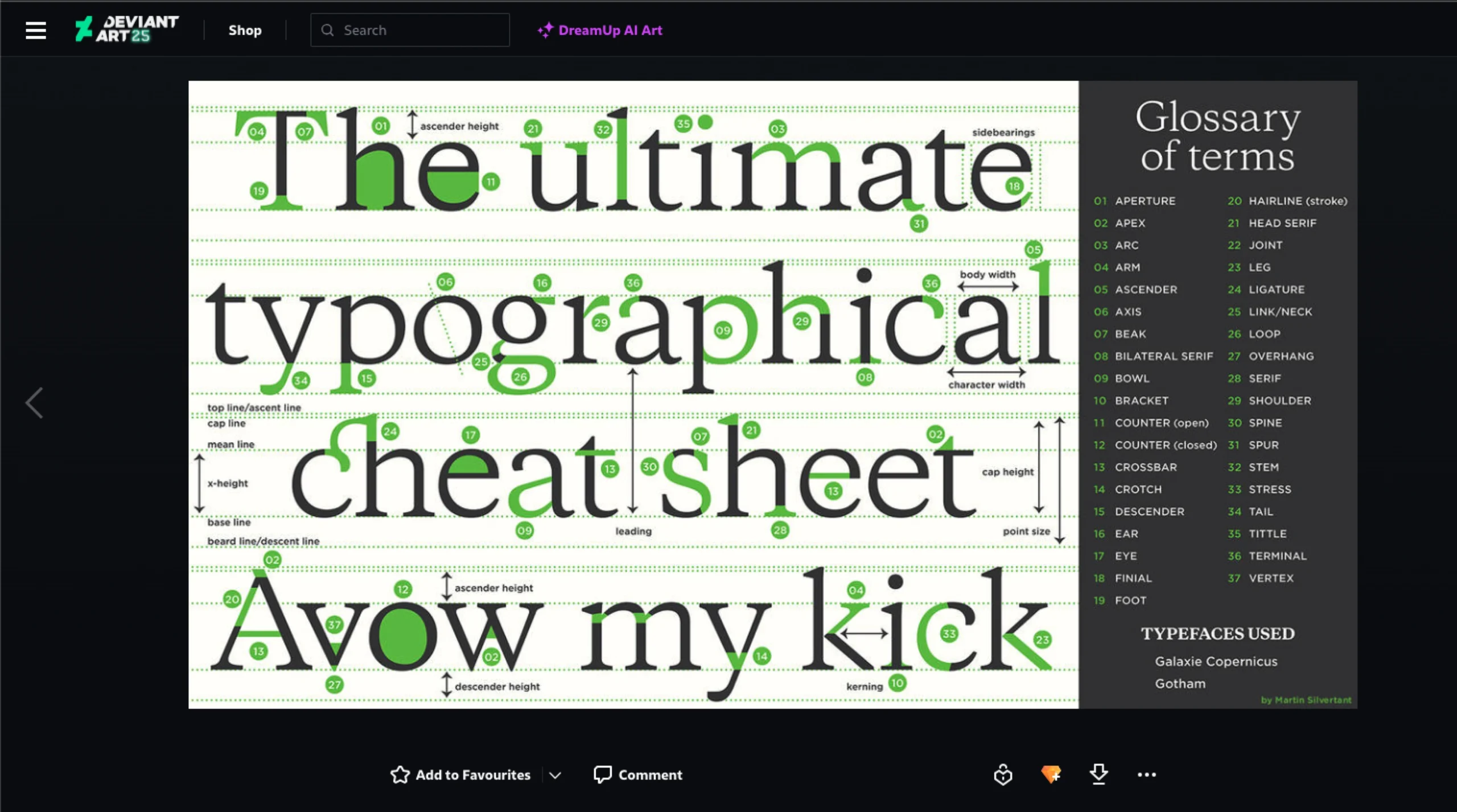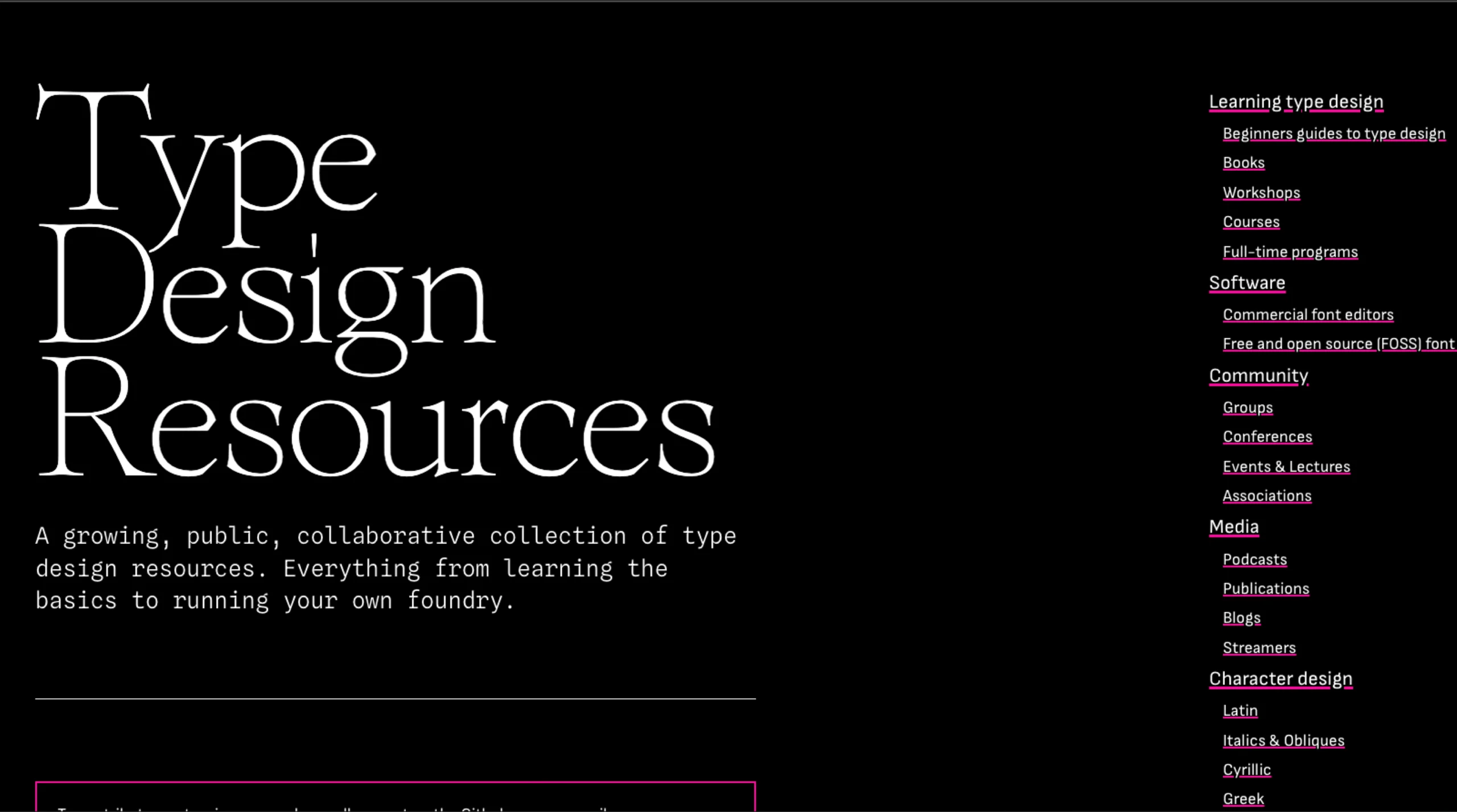This article, authored by Kelley Gordon and published on March 1, 2020, outlines five fundamental visual design principles that enhance both the aesthetics and usability of user interfaces:
- Scale: Utilizing relative size to indicate the importance and rank of elements within a composition. Larger elements naturally draw more attention, guiding users to prioritize them accordingly.
- Visual Hierarchy: Organizing design elements to guide the viewer’s eye in a deliberate order, ensuring that the most important information is noticed first. This can be achieved through variations in size, color, contrast, and placement.
- Balance: Distributing visual weight evenly across a design to create a sense of stability. This doesn’t necessarily mean symmetry but ensuring that elements are arranged in a way that feels visually comfortable.
- Contrast: Employing differences in color, size, shape, or texture to make certain elements stand out, thereby aiding in their identification and improving readability.
- Gestalt Principles: Leveraging psychological principles like proximity, similarity, and closure to help users perceive organized patterns and relationships among elements, facilitating quicker understanding and navigation.
By thoughtfully applying these principles, designers can create interfaces that are not only visually appealing but also intuitive and user-friendly.



































